Explore the fascinating journey of food preservation from olden times to the ancient- inspired scientific solutions of today. Discover how innovative solutions are revolutionizing the way we preserve and extend the shelf-life of fresh food.
Hark back to our childhood days. The rustic and quiet villages we visited. Away from the madding cities. The inviting aroma of marinated and salted fresh vegetables. Pickled fish and prawn. Preserved with spices, vinegar and oil. Stored in large ceramic jars traditionally called ‘Barni’. Stern warnings from our grandmothers to leave it untouched, till the produce soaked all the goodness of the spices, oil and citrus juices. Diktats, we as children happily ignored. Raiding the jars and its content till our stomachs protested.
Our grandmothers knew what we as children did not know. Preservation is a practice as ancient as civilization itself. Handed down over generations. The ancient techniques of salting and smoking to canning and freezing have been used to prolong food shelf life.
Today, with the advent of modern technology, we have access to advanced techniques that not only preserve food but also retain its nutritional value and freshness.
Ancient Preservation Techniques:
Our ancestors relied on natural methods like drying, fermentation, and pickling to preserve food. These methods not only extended the shelf life of food but also added unique flavors and textures.
Ancient Indian Alchemical Lab: Rasashala
Rasashala is an ancient Indian alchemical laboratory used to perform alchemical experiments. According to the National Council of Science Museums, ancient Indians achieved great progress in alchemy (the older form of Chemistry).
Ancient chemistry in India experimented with Mercury and its elixirs to change base metals into gold/noble metals, purify and even rejuvenate the body. The earliest distillation of alcohol can be traced back to the archeological findings at Taxila – an ancient Vedic center of education.
The ‘yantras’ or contraptions/vessels used for alchemical experiments played a crucial role in the whole process. The Indian ceramic jar our grandmothers used for food preservation and storage may have well evolved from these contraptions.
The Rise of Canning and Refrigeration:
The 19th century saw significant advancements in food preservation technology. Canning, invented by Nicolas Appert, revolutionized the storage of perishable goods. Later, the invention of the home refrigerator by Fred W Wolf further extended the lifespan of fresh produce.
Modern Innovations in Food Preservation:
In recent years, innovative technologies like vacuum packaging, modified atmosphere packaging (MAP), and high-pressure processing (HPP) have emerged as game-changers in the food industry. These methods not only extend the shelf life of food but also help reduce food waste.
MAP is the process of manipulating atmospheric conditions inside the packaging materials of perishable produce such as meat, fish, pork, beef and fresh vegetables to extend their shelf-life.
HPP is a packaging technique of using pressure to kill microorganisms that spoil food
The Future of Food Preservation:
As we move towards a more sustainable future, researchers are exploring eco-friendly alternatives to traditional preservation methods. Scientists and sustainability enthusiasts are developing bio-based coatings, packaging film coatings, and active packaging.
One of the most recent and innovative anti-microbial biosolution invented by LoopM preserves fresh produce shelf-life for 7 days. LoopM’s patent pending bio-emulsion uses agro-based derivatives that are 100% safe, chemical-free and biodegradable. Contact us to know how we are revolutionizing food preservation sustainability for the FMCG, Retail and packaging industries.
Conclusion:
The evolution of food preservation is a testament to human ingenuity and our constant quest for innovation. From ancient techniques to modern technology, we have come a long way in ensuring food security and sustainability.




